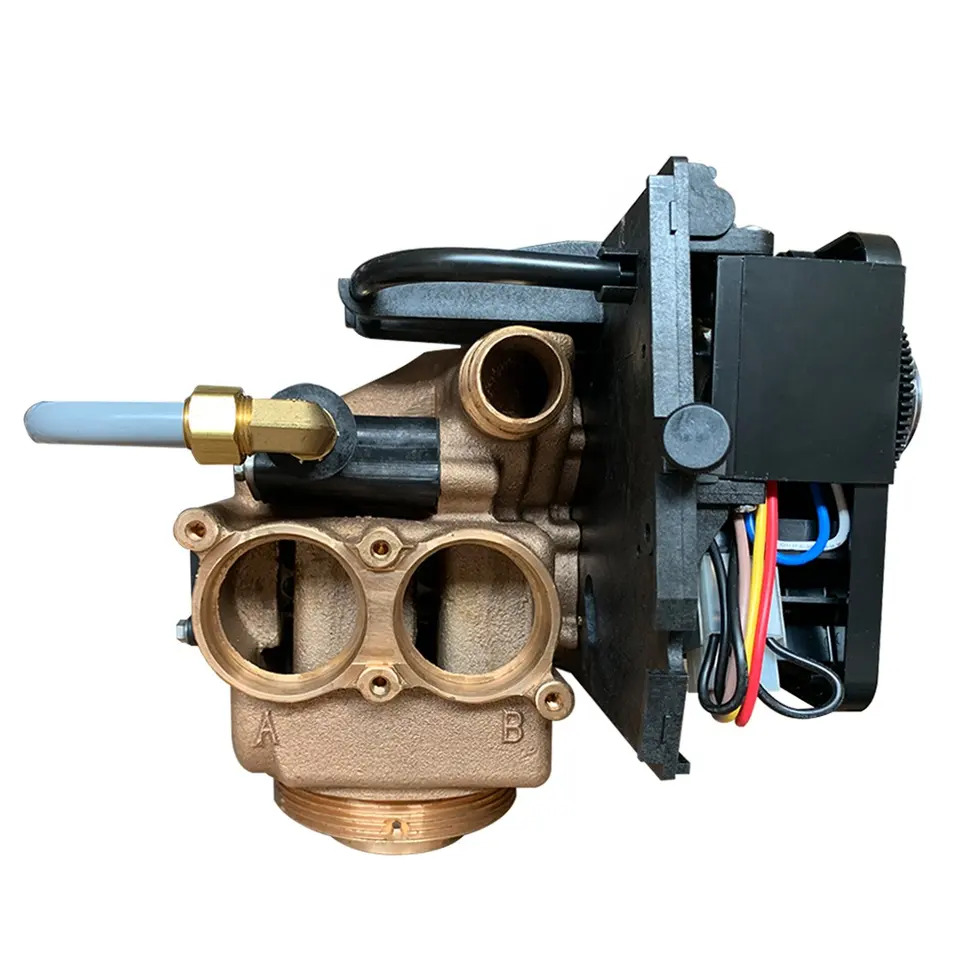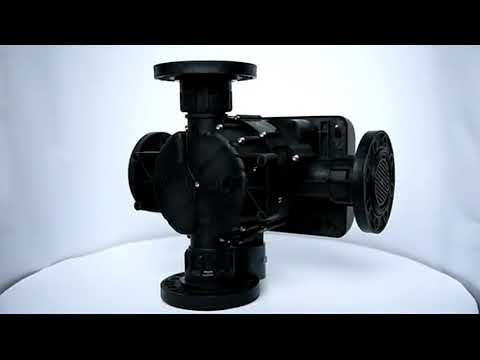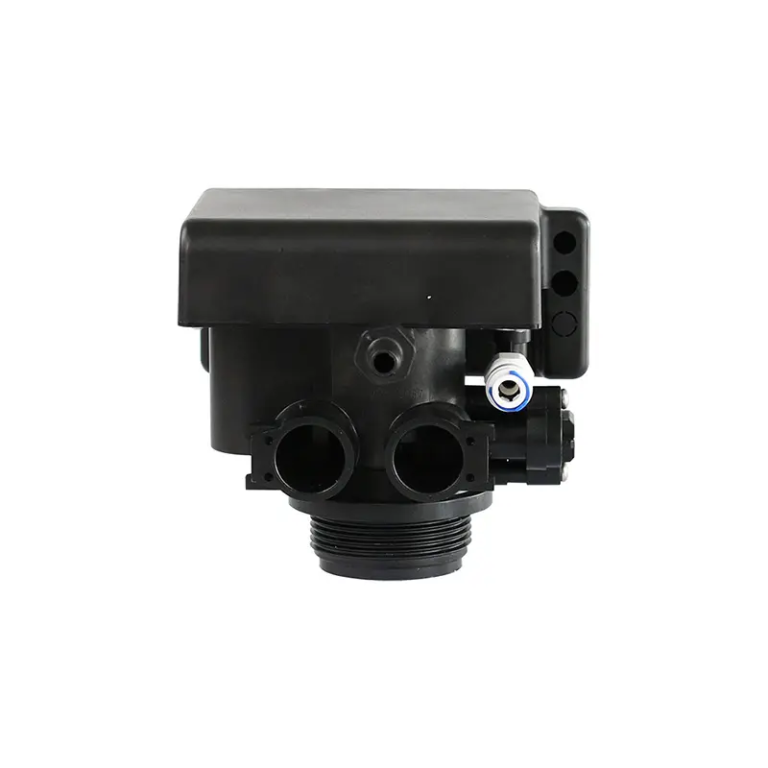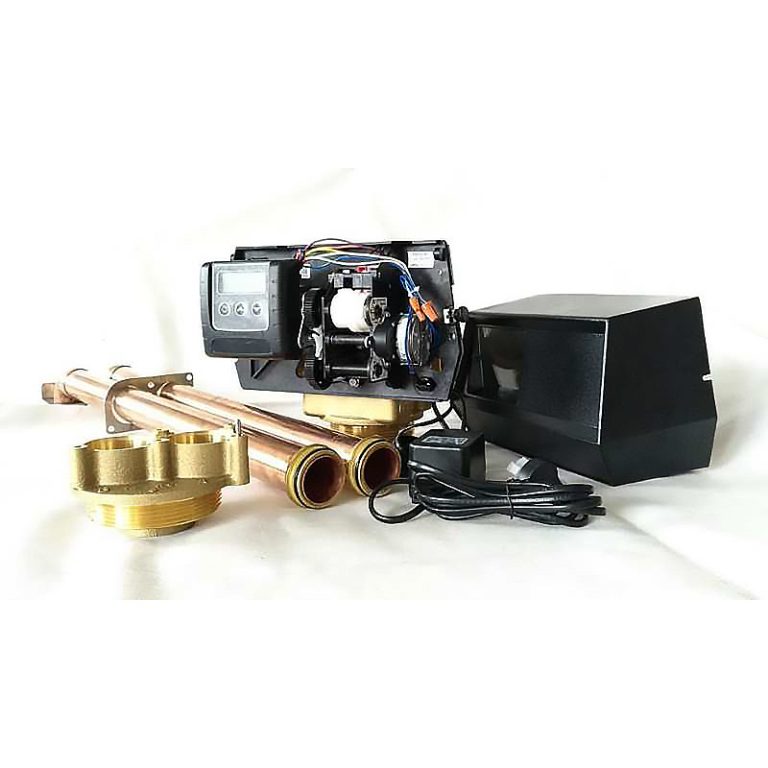“Prevent oil leaks with proper diagnosis of valve stem seals.”
Table of Contents
Signs and Symptoms of Failing Valve Stem Seals
Valve stem seals are an essential component of an engine’s valve system, responsible for preventing oil from leaking into the combustion chamber. When these seals begin to fail, it can lead to a host of issues that can affect the performance and longevity of your engine. In this article, we will discuss the signs and symptoms of failing valve stem seals, and how to diagnose them.
One of the most common signs of failing valve stem seals is excessive oil consumption. If you notice that your engine is burning through oil at a faster rate than usual, it could be a sign that the valve stem seals are worn out. This is because when the seals fail, oil can leak into the combustion chamber and be burned along with the fuel, leading to increased oil consumption.
Another symptom of failing valve stem seals is blue smoke coming from the exhaust. This is caused by oil leaking into the combustion chamber and being burned along with the fuel. If you notice blue smoke coming from your exhaust, it is important to have your engine inspected as soon as possible to prevent further damage.
In addition to excessive oil consumption and blue smoke, failing valve stem seals can also lead to rough idling and misfiring. This is because when oil leaks into the combustion chamber, it can affect the air-fuel mixture and combustion process, leading to rough idling and misfiring. If you notice that your engine is running rough or misfiring, it is important to have it inspected by a professional to determine the cause.
To diagnose failing valve stem seals, there are a few methods that can be used. One common method is a leak-down test, which involves pressurizing the cylinders and measuring how much pressure is lost over a certain period of time. If there is a significant loss of pressure, it could indicate that the valve stem seals are leaking.
Another method for diagnosing failing valve stem seals is a compression test. This involves measuring the compression in each cylinder to determine if there are any leaks. If the compression is lower than normal in one or more cylinders, it could be a sign that the valve stem seals are failing.
In some cases, a visual inspection of the valve stem seals may also be necessary to determine if they are worn out or damaged. This can be done by removing the valve cover and inspecting the seals for any signs of wear or damage.

In conclusion, failing valve stem seals can lead to a host of issues that can affect the performance and longevity of your engine. If you notice any of the signs and symptoms mentioned in this article, it is important to have your engine inspected by a professional to determine the cause. By diagnosing and addressing failing valve stem seals early, you can prevent further damage and ensure the continued performance of your engine.
Step-by-Step Guide to Testing and Replacing Valve Stem Seals
Valve stem seals are an essential component of an engine’s valve system, as they help to prevent oil from leaking into the combustion chamber. Over time, these seals can wear out and cause issues such as oil consumption, blue smoke from the exhaust, and poor engine performance. If you suspect that your valve stem seals are failing, it is important to diagnose and address the issue promptly to prevent further damage to your engine.
One of the first signs of a faulty valve stem seal is increased oil consumption. If you find yourself having to top up your oil more frequently than usual, it could be a sign that the seals are no longer effectively preventing oil from leaking into the combustion chamber. Another common symptom is blue smoke coming from the exhaust. This is caused by oil burning in the combustion chamber, which can be a result of worn valve stem seals. Additionally, you may notice a decrease in engine performance, as oil leaking into the combustion chamber can affect the air-fuel mixture and combustion process.
To diagnose valve stem seal issues, you can perform a simple compression test. Start by removing the spark plugs and disconnecting the ignition system to prevent the engine from starting. Then, screw a compression tester into each spark plug hole and crank the engine a few times to get a reading. If you notice a significant drop in compression in one or more cylinders, it could indicate a problem with the valve stem seals.
Another method for diagnosing valve stem seal issues is a leak-down test. This test involves pressurizing each cylinder with compressed air and monitoring how much pressure is lost over a certain period of time. If you notice a rapid loss of pressure, it could be a sign that the valve stem seals are leaking.
Once you have confirmed that the valve stem seals are the culprit, it is important to replace them promptly to prevent further damage to your engine. To do this, you will need to remove the cylinder head and access the valves. Start by removing the valve cover and camshaft(s) to gain access to the valve springs and seals. Using a valve spring compressor tool, compress the valve spring and remove the valve keepers to release the valve spring and seal.
Carefully remove the old valve stem seal and replace it with a new one, making sure it is properly seated and lubricated. Reassemble the valve components in the reverse order of disassembly, ensuring that everything is properly aligned and tightened. Once you have replaced all of the valve stem seals, reassemble the cylinder head and perform a final compression test to ensure that everything is functioning properly.
In conclusion, diagnosing and replacing faulty valve stem seals is essential for maintaining the performance and longevity of your engine. By paying attention to common symptoms such as increased oil consumption, blue smoke from the exhaust, and decreased engine performance, you can identify and address valve stem seal issues before they cause further damage. By following a step-by-step guide to testing and replacing valve stem seals, you can ensure that your engine continues to run smoothly and efficiently.
| Model | Central tube | Drain | Brine tank connector | Base | Maximum power | Pressure |
| 2850 | 1.9″(1.5″)O.D. | 1″NPTM | 3/8″ & 1/2″ | 4″-8UN | 72W | 2.1MPa |
| 2850 | 1.9″(1.5″)O.D. | 1″NPTM | 3/8″ & 1/2″ | 4″-8UN | 72W | 0.14-0.84MPa |







